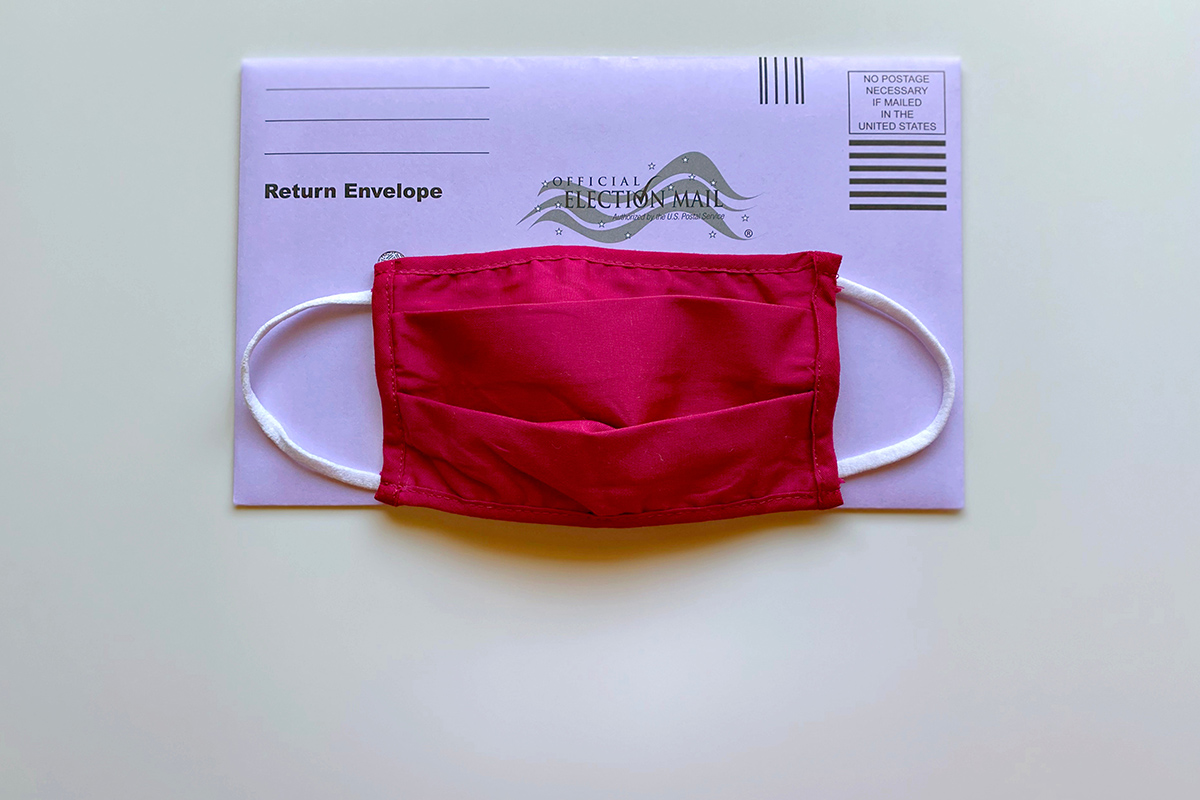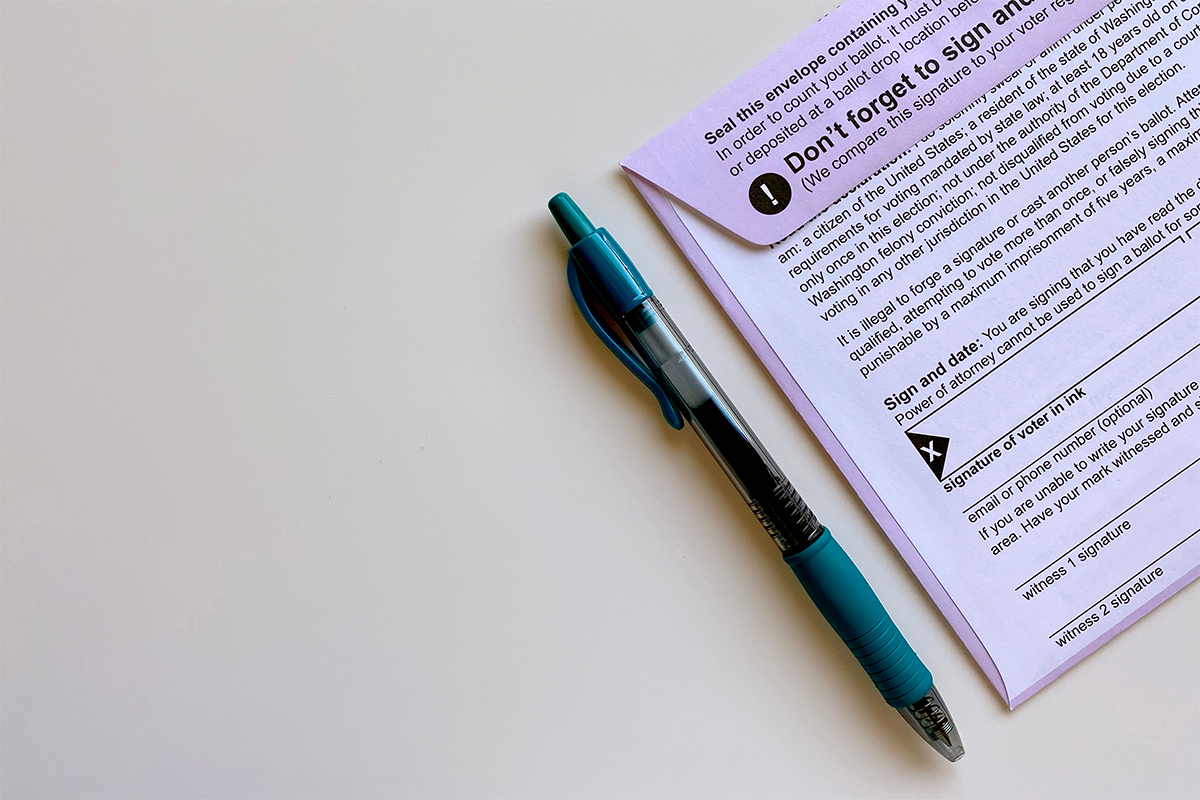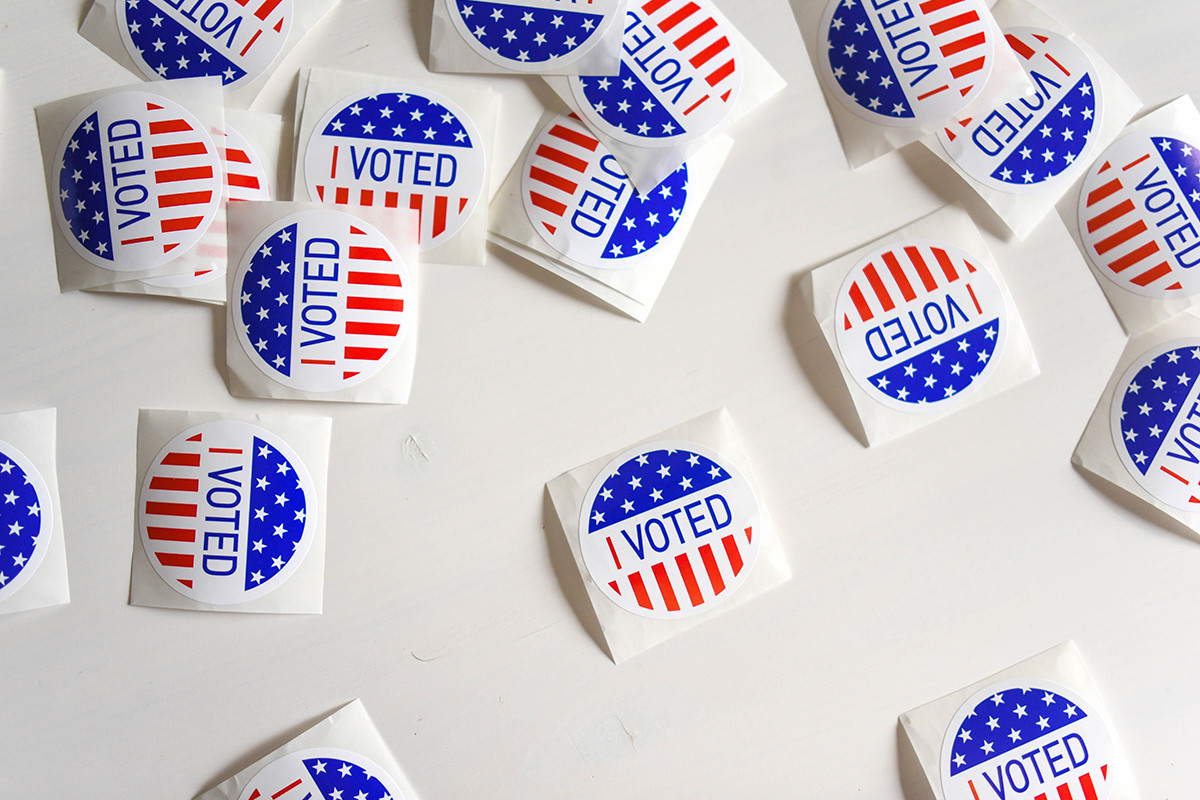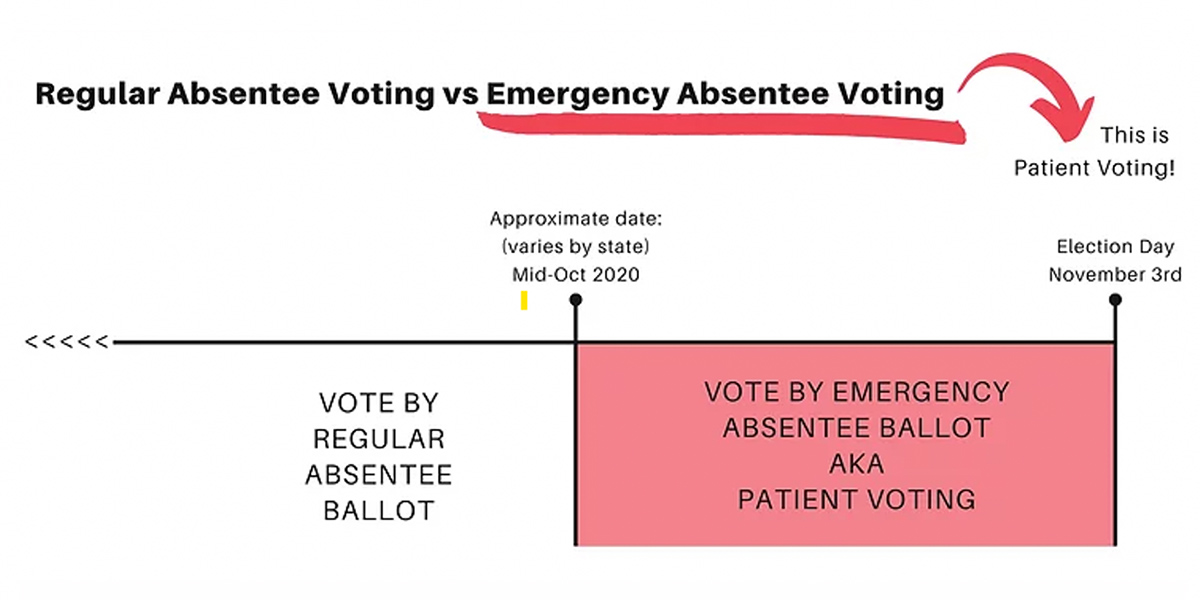How Do Patients Vote?

With the election day less than a month away, many American citizens are deciding how, when and where they will vote. Early voting and voting by mail are processes meant to permit more citizens to take part in this important right and privilege.
Some of us who have planned to take advantage of these processes understand the advance planning that these processes require. However, there are those among us who do not have such luxury – it is our patients.
Kelly Wong, MD, made this observation as a medical student at the University of South Dakota Sanford School of Medicine. Working in the hospital during the 2016 election, she was alarmed by her recently admitted patients deciding to leave the hospital against medical advice in order to cast their ballot.
There were no transparent processes by which patients could vote remotely. Patients were being asked to choose between their fundamental right to participate in democracy or receive essential medical care.
Thus, "Patient Voting" was born – a nonpartisan national organization that aims to reduce barriers to voting for those admitted to the hospital days to weeks prior to Election Day.

In the last four years, this organization has grown to include many volunteers – particularly at Brown University where Wong currently works as a fourth-year resident in the emergency medicine department. These volunteers have painstakingly researched the diverse processes across the states for arranging remote voting on a short notice.
The answers are often not available on any websites or published resources, and require Patient Voting volunteers to directly contact several state boards of elections during the busy election season.
Their hard-earned product is a set of guidelines for "emergency absentee voting" tailored to each and every state. This process is separate from early voting and voting by mail, as is already advertised on the usa.gov website.
Emergency absentee voting begins often within a week or two prior to the election day. Those who qualify can request the ballot by mail or in-person delivery to the local election office.
Not surprisingly, there are numerous permutations in emergency absentee voting policies. Some states allow ballot applications to be submitted online, while others require a family member to drive (sometimes hours away) to physically hand it in to the local election office.
In North Carolina, it is a felony for health care providers to deliver absentee vote applications or ballots to and from the hospital. In Rhode Island, physicians could be sworn in as nonpartisan election officials to conduct voting bedside.

These variations highlight the arbitrary barriers to voting that still exist for patients due to their unexpected illness.
For Wong, the future of Patient Voting is full of hope. Even compared to 2018, patients are more aware and excited about voting by mail, absentee voting and early voting. She says, "More patients are reaching out to us, saying I'm hospitalized, how do I vote?"
This demand has also led to hospitals and healthcare systems promoting patient voting rights.
At Rhode Island Hospital, Patient Voting guides have become an established part of their intake process. The flyer found inside the patient's admissions packet educates patients, family members and physicians regarding ways in which patients can request emergency absentee ballots.
Other hospitals have similarly disseminated Patient Voting guides on meal trays or television ads.
This election, I am looking forward to using the Texas guide to patient voting process. Starting Oct. 22, I can download and print the application for an emergency absentee ballot directly from the Patient Voting website, which is available by the QR code on their PDF guide.
I can help patients find an authorized agent to turn in the application and deliver the ballot to patient's bedside. Physicians can play an active part in protecting and promoting patients' rights to vote.
Contact patient voting at patientvoting@gmail.com or follow them at @PatientVoting to find out how you can help patients in your state today!


